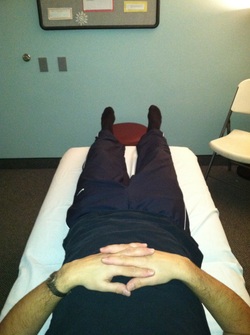
Notice both legs are now straight and this was accomplished by stabilizing with the ligaments of the ankle, knee, and hip joints.
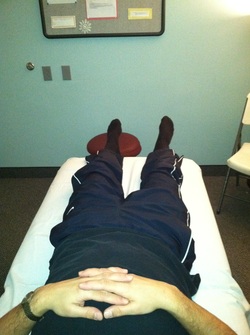
Worked completed on his left side.
Continue reading further for the complete detail of this treatment.
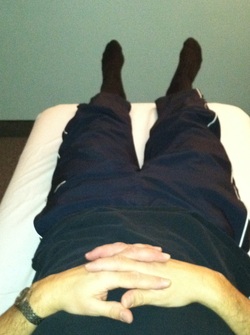
My years as a Pipefitter helped me better understand support and stability of systems. Without proper support and foundational stability; any object above will not be able to transfer the weight and movement properly.
Many times when the lower back hurts, or the neck, even the shoulders, there is a lack of stability from the foundation upward. The interconnection of the spine to the lower extremities determines the necessity of always balancing one to the other.
One other area that we need to discuss here is the forward head posture and how it affects the spine and lower extremities. When the above individual first came in it was for lower left back pain that radiated into the Gluteal area as well as down the leg. There was occasional lateral calf pain and because of the amount of sitting required, it would aggravate the situation. My original assessment indicated that there was considerable forward head posture with a right to left cervical spine rotation. The Upper Thoracic was rotated from left to right (remember the violin) and the lower Thoracic was rotated from right to left. The Pelvic Girdle was rotated left to right with right side anterior posture.
The fact that there was forward head posture, created a forward tension in the ankle joint which forced posture to balance on the phalanges of the feet, not a good thing. This altered the positioning of both the knee and hip joints and radically changed the curvature of the spine. Our first session corrected this situation and brought about a balance to the skeleton, so the pain that was first described was reduced and changed. The second session addressed the compensatory pattern that had developed in the ankle and feet, and the third session corrected the column stability that the lower extremities provide.
So when we talk about the stability of the Spine we need to look at all of the distortions and determine best how to bring back that normal tension so the integrity of the skeleton is not compromised. As we further discuss the Scoliosis issue that Keri has, remembering these past two blogs will help us better understand what is needed to change in order to reduce the lateral curvatures of the spine.
There is also a video for you to review, to see how Reflexology continues the healing process. Please note the video below.
Till next week, enjoy the blessings you receive and if you have any questions, please send them to [email protected]. We will be sharing many of the comments and questions on our web site.
Peace and Blessings to All!
Dennis

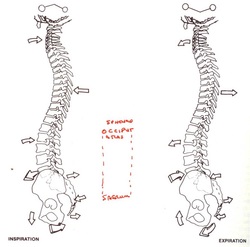
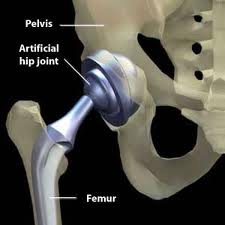
 RSS Feed
RSS Feed
